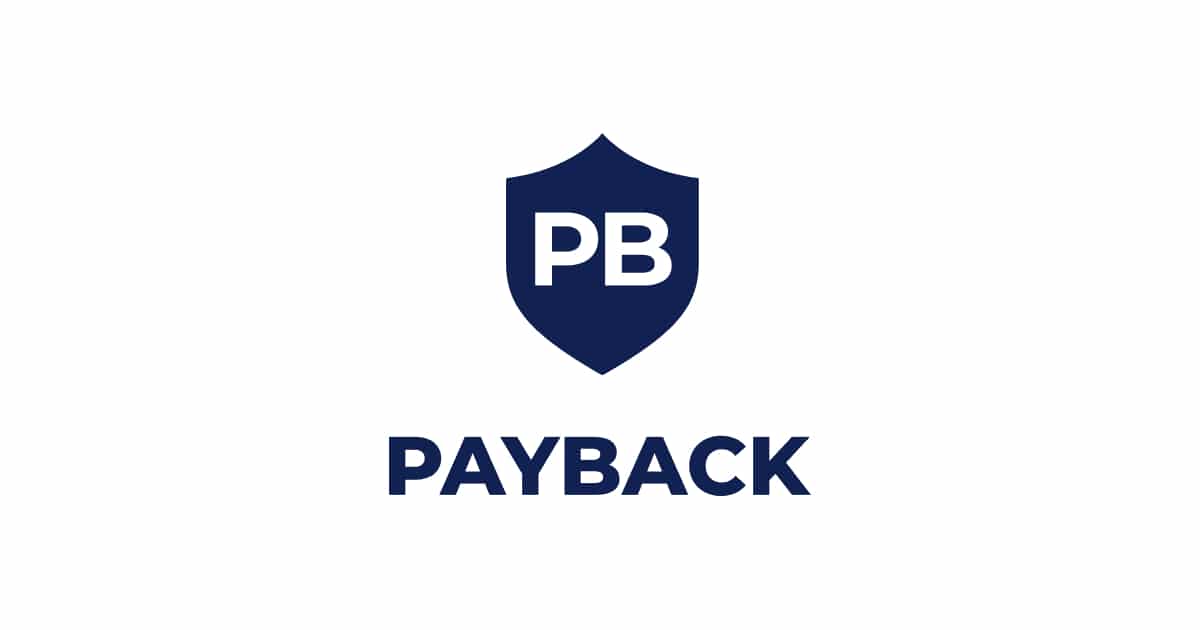Given how quickly the Fast-Moving Consumer Goods industry is developing, many companies are turning to automation and collaborative robotics. FMCG producers might examine their use of technologically enabled packaging techniques and innovations to cut costs by.
Like any other manufacturer, FMCG businesses are always seeking methods to save expenses. Although there are many areas where businesses can save costs, packaging represents the biggest area for the majority of businesses. Packaging expenses for a business like Procter & Gamble may account for more than half of overall manufacturing costs. The cost of packaging affects the environment as well as the price of a product.
By improving product configuration, modifying package form, material choice, or process technology, many packing costs can be decreased. Utilizing the proper technology that manages inventories and shows a return on investment helps reduce packaging costs as well. Do technologies exist that can assist FMCG companies in better managing their packaging? If true, how can these technologies aid in bringing down packaging costs?
Understanding fast-moving consumer goods (FMCG) companies and why they require packaging is a prerequisite to comprehending how technology might reduce packaging costs for these businesses.
What Are Fast-Moving Consumer Goods?
The word FMCG is used to describe the common goods we use at home or when traveling. The phrase “fast-moving consumer goods” describes a wide range of perishable goods that sell easily and affordably. Consumer packaged goods (CPG) such as food, drinks, toiletries, over-the-counter medications, chocolates, and other consumables are among them.
Why Do FMCGs Need Packaging?
FMCG businesses market cheap goods that are frequently used once and then discarded. Any product’s packaging is an important component. For FMCGs, it is crucial because:
- Protection
For any FMCG company, the packaging is a crucial component. The reason is that if not packaged appropriately, the items from these businesses sometimes have limited shelf life and are subject to degradation. Therefore, the packing safeguards the item during use, storage, and transportation. Additionally, it protects them from unauthorized sources tampering.
- Ease of usage
Value addition has long been a goal of packaging. FMCG packaging makes the consumer’s life easier and provides a certain amount of convenience. For instance, conserving space, minimizing spills, and encouraging safe carrying, make the products easier to use and store. For instance, it is far simpler to store bags of rice or dal in a pantry than it is to pour rice on the floor. Additionally, perfume smells nicer when it is in small containers rather than when it is in a large bowl.
- Brand Awareness
Brand owners need to figure out how to make their products stand out from the competition because there are many FMCG companies competing for shelf space and consumer attention. The product is identified, the brand is promoted, and usage instructions, marketing claims, and contact information are all included on the packaging.
Therefore, FMCG companies largely rely on packaging to preserve quality and brand awareness. By making their items appear more appealing or practical than those of rival firms, they can employ creative packaging designs to market their goods.
- Aesthetic Appeal
FMCG packaging also contributes to a product’s increased visual appeal. In order for buyers to quickly recognize a brand on a retail shelf, it can be utilized to draw attention to crucial elements of a product, whether through its design or even printing methods like flexography.
Types of Packaging for Different Fmcg Companies
Choosing the best material or materials for a product’s packaging is crucial for FMCG companies. Materials are chosen depending on a number of criteria, including the product’s protective needs, cost-effectiveness, production capacity, and sustainability.
For FMCG companies, there are four different types of packaging: primary, secondary, tertiary, and quaternary packaging.
Technologies that Can Help Cut the Cost of Packaging
It would be beneficial to investigate potential packaging cost savings in order to lower packaging costs. Due to the individual prices connected with each packaging component, it can be challenging to break down these costs.
For instance, up to 25% of the overall cost of the product is accounted for by packaging materials for the food and beverage business. Therefore, finding solutions to cut this cost becomes crucial for FMCG companies. By assessing the “real cost of packing” and monitoring leading indications for packaging cost reduction, technology might be useful.
A few technologies that can lower the price of packaging are:
- Rfid Tags, or Radio-frequency Identification Tags
Since they have been there for so long, these tags have created a lot of buzz. However, these have not yet been applied widely in the industrial sector, particularly in the FMCG sector. Because they may be used to track and trace products across the supply chain, these tags can significantly cut packaging costs. This aids in lowering waste and spoilage rates and assists businesses in determining when to restock their inventory. With the development of the Internet of Things, RFID tags are anticipated to gain even greater significance (IoT).
- Technologies for Dedicated Software Packaging
Although the majority of large FMCG companies have been making investments in specialized software packaging technologies for some time, smaller businesses have only recently been able to purchase these technologies. Manufacturers can manage their warehouse operations and choose the best shipment configurations with the use of specialized software packaging technology. The most economical way to package and send a product can be decided by producers with the help of software packaging technologies. As a result, they are able to decrease product damage, increase warehouse productivity, and better manage inventory.
- Packaging Automation Technologies (Robotics)
Manufacturers can mechanically fill bags of various sizes with various product quantities thanks to automated packaging technologies. As a result, there is less need for human involvement in the packing process, which lowers labor costs and eliminates human mistakes. Custom packaging made to the specifications of the customer can also be produced automatically without incurring additional expenditures. These technologies enable producers to create unique labels, package single cakes or biscuits into boxes, and place boxes of cakes or biscuits into cases.
- Technology for 3D Design and Simulation
In order to create and test new packaging, packaging designers employ sophisticated software. This enables them to come up with novel solutions to cut down on materials without sacrificing the quality or safety of the final product. Before implementing large-scale production, automation in the FMCG industry can test different packaging using 3D technology.
Wrapping Up
Despite making up only 1% of the world’s total plastic production, FMCG packaging has a significant impact because 80% of it is wasted. However, as a result of technological improvements, FMCG producers are searching for ways to change their packaging strategy in order to cut costs, protect the environment, and boost productivity.
If you are searching for some sought-after FMCG warehouse automation solutions, then it is the perfect time to turn to Vega India.
Explore their website and get in touch with their expert teams today!










